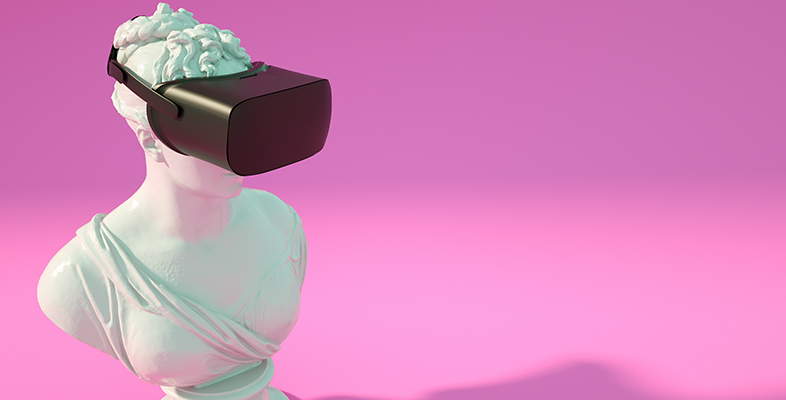3 Looking to the end: reading historically
In Section 2 you scrutinsed Herodotus’ writing of history and learned the importance of reading closely. What began as a question of authorship and authority (‘This is the enquiry of Herodotus the Halicarnassian’) turns out to be a challenge for reading. In this final section you’ll consider one way in which Herodotus sets his reader up to continually reflect on their own position when processing the events being represented: when he depicts historical people consulting the oracle at Delphi.

